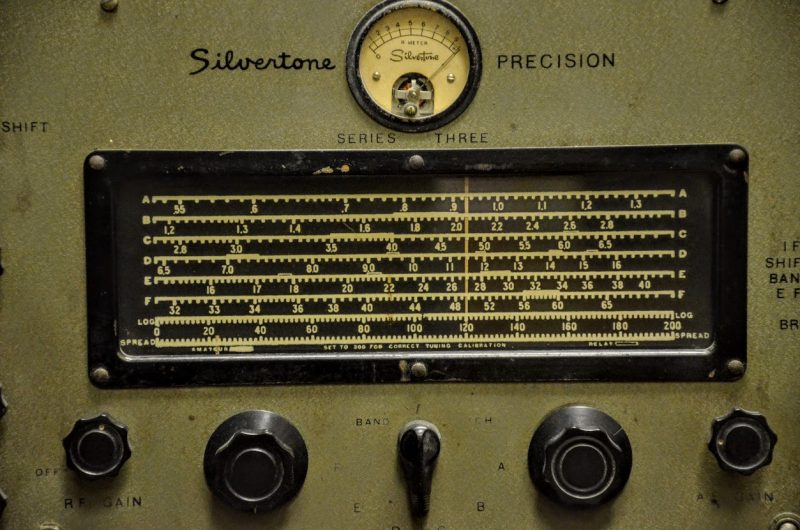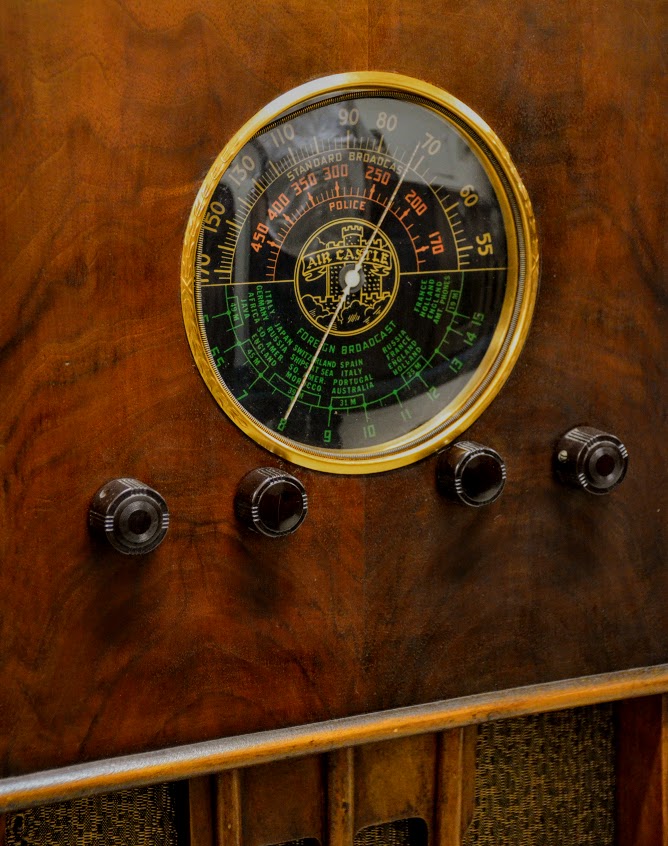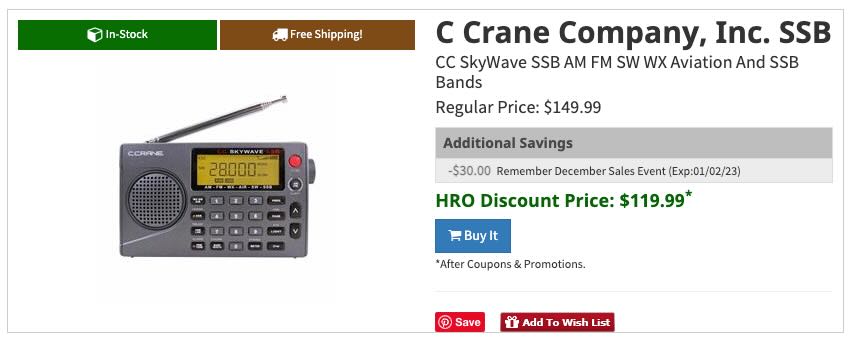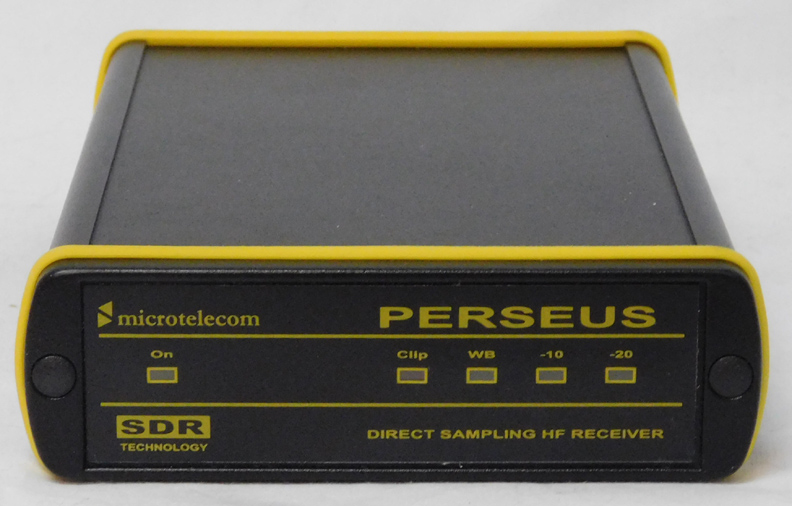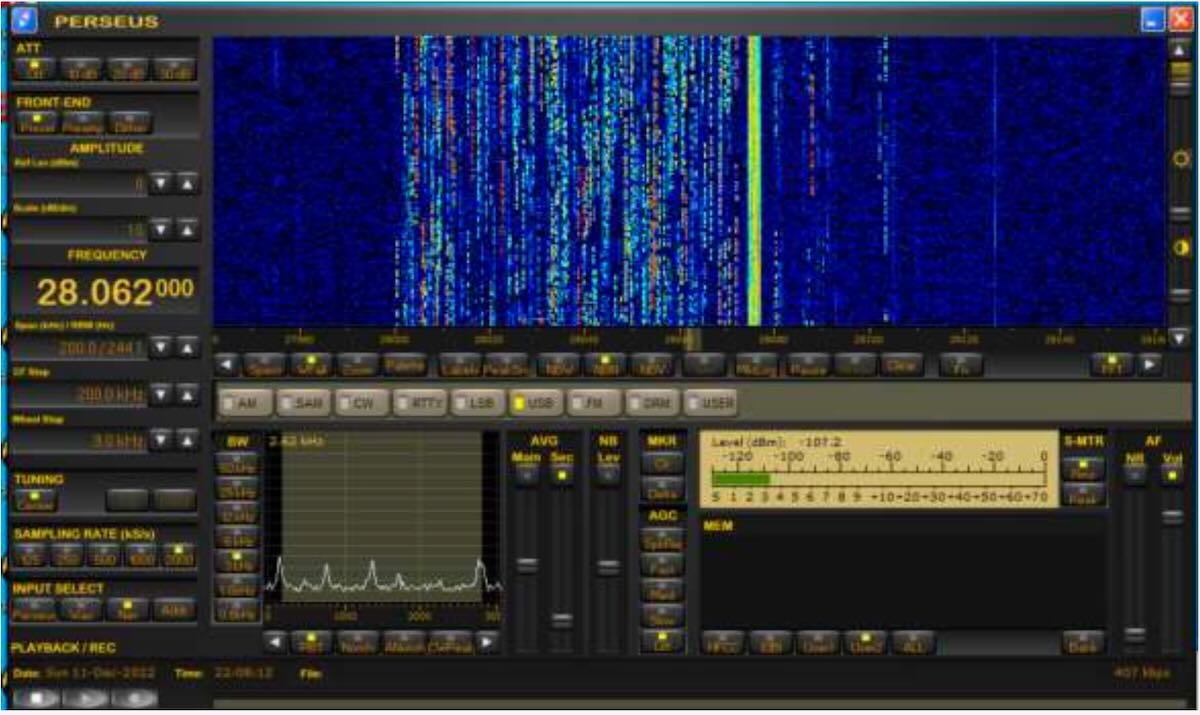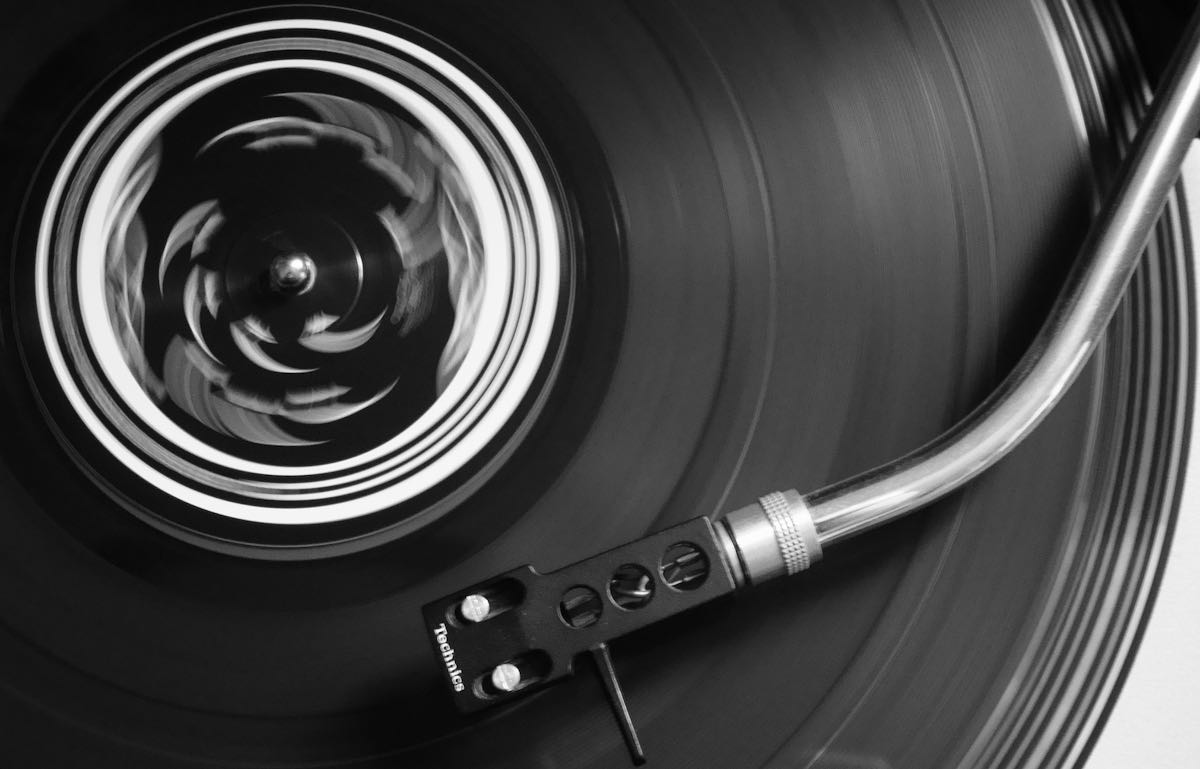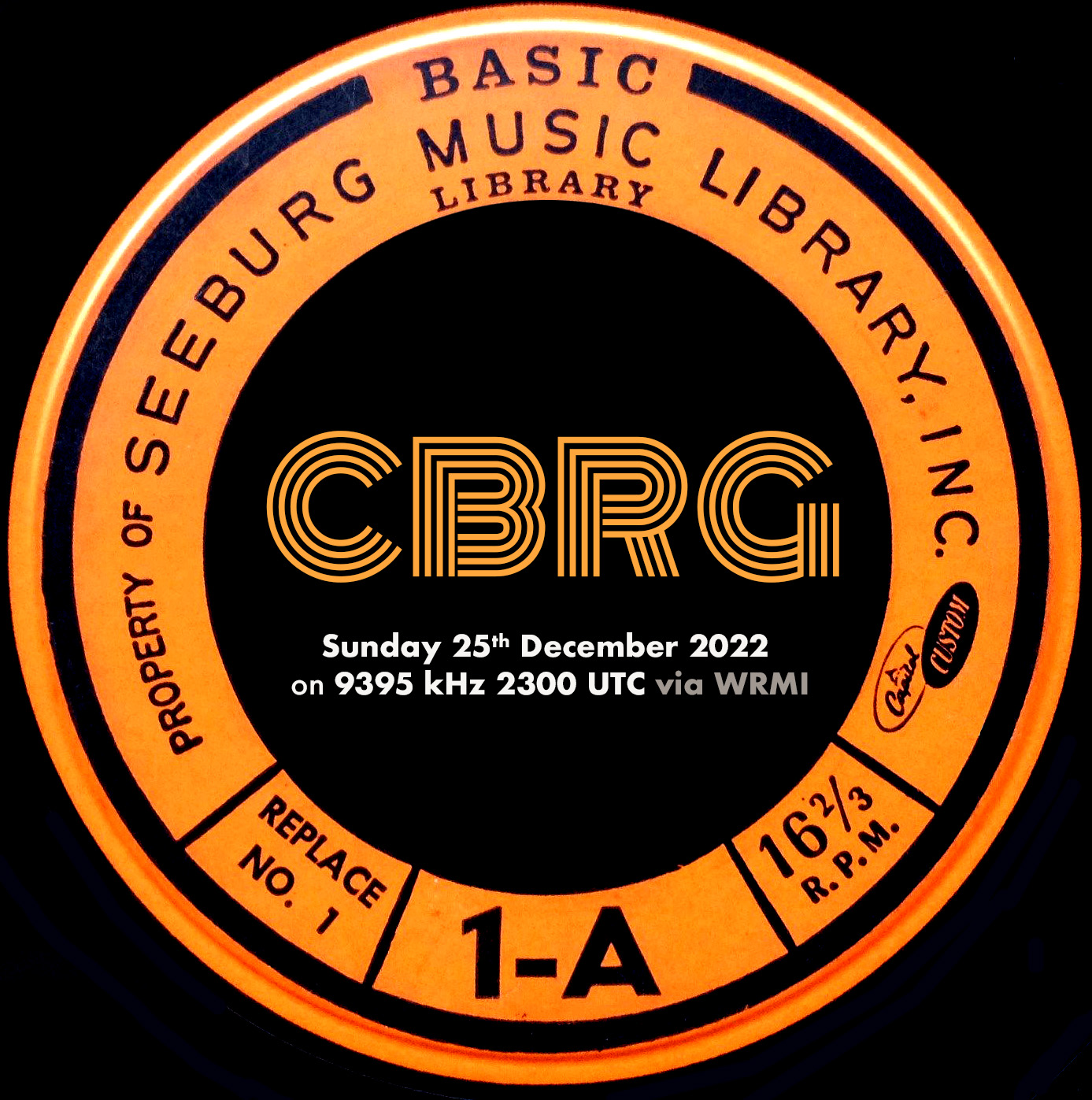Radio Waves: Stories Making Waves in the World of Radio
Welcome to the SWLing Post’s Radio Waves, a collection of links to interesting stories making waves in the world of radio. Enjoy!
Splinter Cell: Audio drama, gaming’s next frontier? (BBC)
Whether it’s World of Warcraft, Uncharted or the upcoming Super Mario movie – games characters have been all over our cinemas in recent years.
The Last of Us is coming to television screens, where shows based on Resident Evil and Halo have found audiences.
Now, BBC Radio 4 is getting in on the act.
Sam Fisher, leading man from the Splinter Cell game series, can call the radio station home, thanks to a first-of-its-kind adaptation that producers say no-one had thought possible.
Radio 1 film critic Ali Plumb says that with so much competition for audiences these days it’s no surprise that commissioners are giving the green-light to projects with a “built-in audience”.
He argues that we live in a world that is dominated by content: “From podcasts to music, TV, movies, games and audiobooks – frankly its tricky for anyone to cut through the noise.
“The art of finding intellectual property, using the built-in fan base of that property and engaging with them in something you want to say about the world is the trick that many creative people are trying to do.”
Splinter Cell: Firewall is an eight part dramatisation of a novel based on the famous video game franchise. Sam Fisher, the series’ main protagonist, is a covert special agent who excels at sneaking around military bases at night, silently killing terrorist guards and generally saving the world.
Listen to Splinter Cell: Firewall on BBC Sounds
Bringing the gaming revolution to audio drama makes perfect sense to actor Andonis Anthony, who plays Sam in the Radio 4 drama, which is also available on BBC Sounds. He argues that with more people turning to “non-music audio”, it’s a good time for BBC radio to tell stories that offer a “cinematic experience”.
“Given the rise in podcasts, and audiobooks being so popular – more and more people are getting used to listening to audio as a story experience. Everyone’s going out and about with their air pods on these days and listening in a different way to before.” [Continue reading…]
Antenna Mount Designed For On-The-Go SDR (Hackaday)
Software-defined radio is all the rage these days, and for good reason. It eliminates or drastically reduces the amount of otherwise pricey equipment needed to transmit or even just receive, and can pack many more features than most affordable radio setups otherwise would have. It also makes it possible to go mobile much more easily. [Rostislav Persion] uses a laptop for on-the-go SDR activities, and designed this 3D printed antenna mount to make his radio adventures much easier.
The antenna mount is a small 3D printed enclosure for his NESDR Smart Dongle with a wide base to attach to the back of his laptop lid with Velcro so it can easily be removed or attached. This allows him to run a single USB cable to the dongle and have it oriented properly for maximum antenna effectiveness without something cumbersome like a dedicated antenna stand. [Rostislav] even modeled the entire assembly so that he could run a stress analysis on it, and from that data ended up filling it with epoxy to ensure maximum lifespan with minimal wear on the components. [Continue reading…]
Tour of a Spectacular Antique Radio Collection….Primarily Majestic Radios from the 1930’s (YouTube)
Click here to view on YouTube.
HAARP to bounce signal off asteroid in NASA experiment (University of Alaska Fairbanks)
An experiment to bounce a radio signal off an asteroid on Dec. 27 will serve as a test for probing a larger asteroid that in 2029 will pass closer to Earth than the many geostationary satellites that orbit our planet.
The High-frequency Active Auroral Research Program research site in Gakona will transmit radio signals to asteroid 2010 XC15, which could be about 500 feet across. The University of New Mexico Long Wavelength Array near Socorro, New Mexico, and the Owens Valley Radio Observatory Long Wavelength Array near Bishop, California, will receive the signal.
This will be the first use of HAARP to probe an asteroid.
“What’s new and what we are trying to do is probe asteroid interiors with long wavelength radars and radio telescopes from the ground,” said Mark Haynes, lead investigator on the project and a radar systems engineer at NASA’s Jet Propulsion Laboratory in Southern California. “Longer wavelengths can penetrate the interior of an object much better than the radio wavelengths used for communication.”
Knowing more about an asteroid’s interior, especially of an asteroid large enough to cause major damage on Earth, is important for determining how to defend against it.
“If you know the distribution of mass, you can make an impactor more effective, because you’ll know where to hit the asteroid a little better,” Haynes said.
Many programs exist to quickly detect asteroids, determine their orbit and shape and image their surface, either with optical telescopes or the planetary radar of the Deep Space Network, NASA’s network of large and highly senstive radio antennas in California, Spain and Australia.
Those radar-imaging programs use signals of short wavelengths, which bounce off the surface and provide high-quality external images but don’t penetrate an object.
HAARP will transmit a continually chirping signal to asteroid 2010 XC15 at slightly above and below 9.6 megahertz (9.6 million times per second). The chirp will repeat at two-second intervals. Distance will be a challenge, Haynes said, because the asteroid will be twice as far from Earth as the moon is.
The University of Alaska Fairbanks operates HAARP under an agreement with the Air Force, which developed and owned HAARP but transferred the research instruments to UAF in August 2015.
The test on 2010 XC15 is yet another step toward the globally anticipated 2029 encounter with asteroid Apophis. It follows tests in January and October in which the moon was the target of a HAARP signal bounce.
Apophis was discovered in 2004 and will make its closest approach to Earth on April 13, 2029, when it comes within 20,000 miles. Geostationary satellites orbit Earth at about 23,000 miles. The asteroid, which NASA estimated to be about 1,100 feet across, was initially thought to pose a risk to Earth in 2068, but its orbit has since been better projected by researchers.
The test on 2010 XC15 and the 2029 Apophis encounter are of general interest to scientists who study near-Earth objects. But planetary defense is also a key research driver.
“The more time there is before a potential impact, the more options there are to try to deflect it,” Haynes said.
NASA says an automobile-sized asteroid hits Earth’s atmosphere about once a year, creating a fireball and burning up before reaching the surface.
About every 2,000 years a meteoroid the size of a football field hits Earth. Those can cause a lot of damage. And as for wiping out civilization, NASA says an object large enough to do that strikes the planet once every few million years.
NASA first successfully redirected an asteroid on Sept. 26, when its Double Asteroid Redirection Test mission, or DART, collided with Dimorphos. That asteroid is an orbiting moonlet of the larger Didymos asteroid.
The DART collision altered the moonlet’s orbit time by 32 minutes.
The Dec. 27 test could reveal great potential for the use of asteroid sensing by long wavelength radio signals. Approximately 80 known near-Earth asteroids passed between the moon and Earth in 2019, most of them small and discovered near closest approach.
“If we can get the ground-based systems up and running, then that will give us a lot of chances to try to do interior sensing of these objects,” Haynes said.
The National Science Foundation is funding the work through its award to the Geophysical Institute for establishing the Subauroral Geophysical Observatory for Space Physics and Radio Science in Gakona
“HAARP is excited to partner with NASA and JPL to advance our knowledge of near-Earth objects,” said Jessica Matthews, HAARP’s program manager.
Do you enjoy the SWLing Post?
Please consider supporting us via Patreon or our Coffee Fund!
Your support makes articles like this one possible. Thank you!

